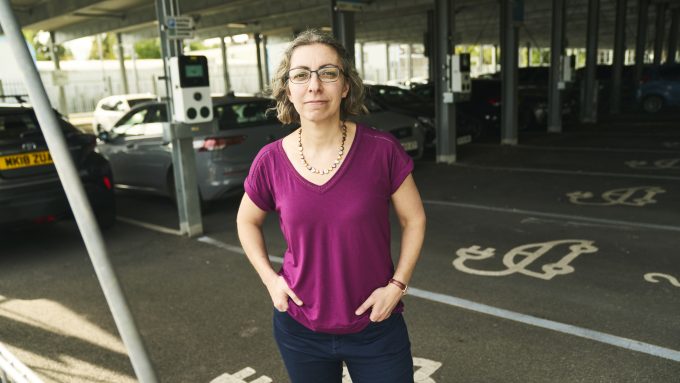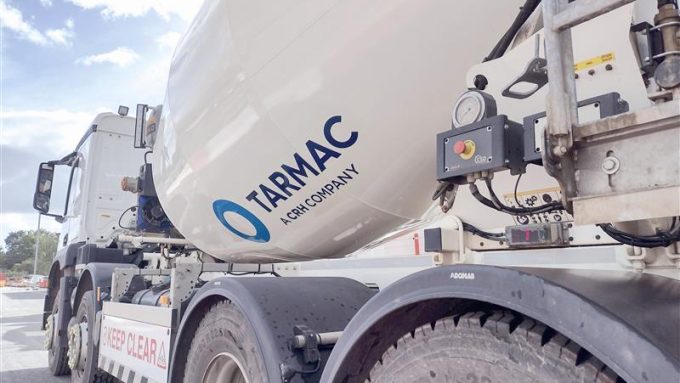
New report launched: Performance testing for sensors in Connected and Autonomous Vehicles

The Centre for Connected and Autonomous Vehicles (CCAV) commissioned Connected Places Catapult (CPC) and National Physical Laboratory (NPL) to investigate the requirements, infrastructure and facilities needed to enable reliable CAV sensor testing and validation, which can also support a safety evaluation and assurance programme.
Such requirements will include new methodologies, standards, performance criteria and physical facilities – in particular, the key steps needed to be undertaken to characterise the performance of a typical sensor system (under a wide range of environmental conditions); and develop and validate robust sensor models for virtual simulation testing. The ultimate objective is to help UK businesses, including development and testing infrastructure of sensors for Connected and Autonomous Vehicles and ultimately have access to solutions which enhance their global competitiveness.
As part of this commissioned piece of work Connected Places Catapult and NPL have created the ‘Performance testing for sensors in Connected and Autonomous Vehicles: Feasibility Study’ report. The report looks at the rationale for intervention including market size and demand as well as the alignment with the Government’s Industrial Strategy and the Automotive Sector Deal. The study has been compiled from a combination of stakeholder interviews, desk research and business and scientific analysis.
Henry Tse, Director of New Mobility Technologies at Connected Places Catapult said:
“Connected Places Catapult are pleased to work with NPL on this feasibility study characterising the requirements for testing autonomous vehicle sensors – critical work which will drive innovation in technologies for autonomous vehicles and accelerate the opportunities for UK businesses.”
Andre Burgess, Strategic Partnerships, Digital Sector at National Physical Laboratory (NPL) said:
“The National Physical Laboratory is excited to be applying its measurement expertise to help the UK address the challenges relating to sensor performance in self-driving vehicles. In producing this report with the Connected Place Catapult, we are setting the foundations for the development of effective, standardised methodologies and infrastructure for sensor testing. This will facilitate the design, evaluation and validation processes required to reliably understand how these sensors perform and where they might fail; failure to do so may lead to serious safety issues.”
“The arrival of self-driving vehicle technologies represents a huge opportunity for the UK, and it is vital for this sector to be able to assure the safety and reliability of the systems. This work has involved engagement with a diverse range of industry stakeholders, which has demonstrated the depth of the UK’s capability in this area, and we look forward to building on this work through further collaborations.”
Context
Autonomous vehicles and vehicles with advanced driver assistance systems rely upon perception sensors to determine their physical environment and other road users around them. Performance of most of the sensor technologies gets affected by different types of weather conditions and other environmental factors. Reliance on these sensors for safety critical applications means that the performance envelopes of the sensors in poor weather and harsh environment must be clearly established and suitable mitigation strategies employed when designing such systems. An increasing number, type and quality of sensors can make the window of satisfactory operation wider, but at a cost. The automotive industry is extremely cost sensitive and needs a clear understanding of the incidence of adverse weather and the quantification of the particular type, together with a clear understanding of how their sensors will behave under those conditions. To date, the testing of sensors and fused systems is not standardised, and anecdotal evidence suggests that sensor suppliers do not understand the limitations of their products sufficiently well to allow accurate representation to the vehicle manufacturers.
Contact Us
For any questions related to this report please contact: Richard.Holland@cp.catapult.org.uk
To find out more you can download the report below.





